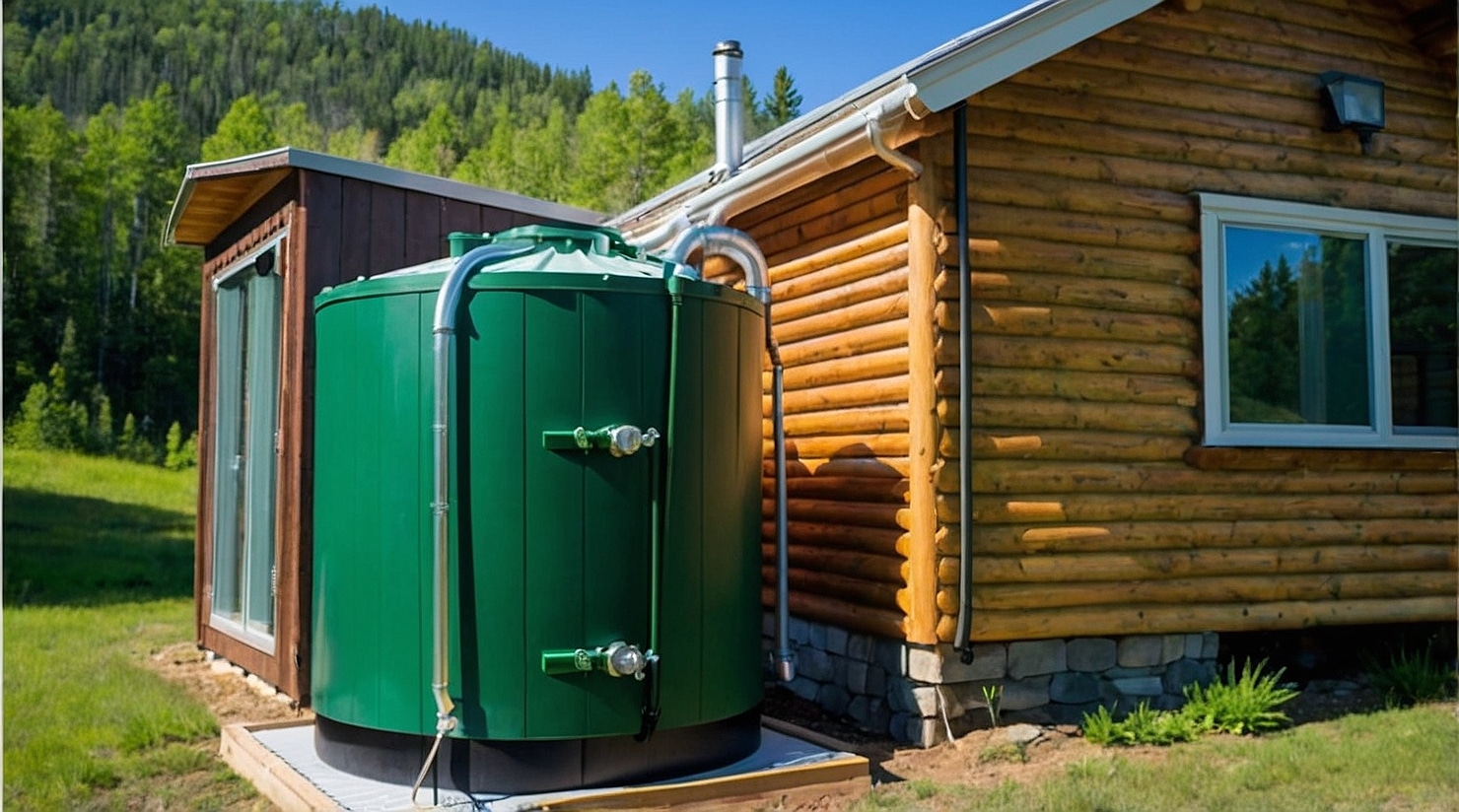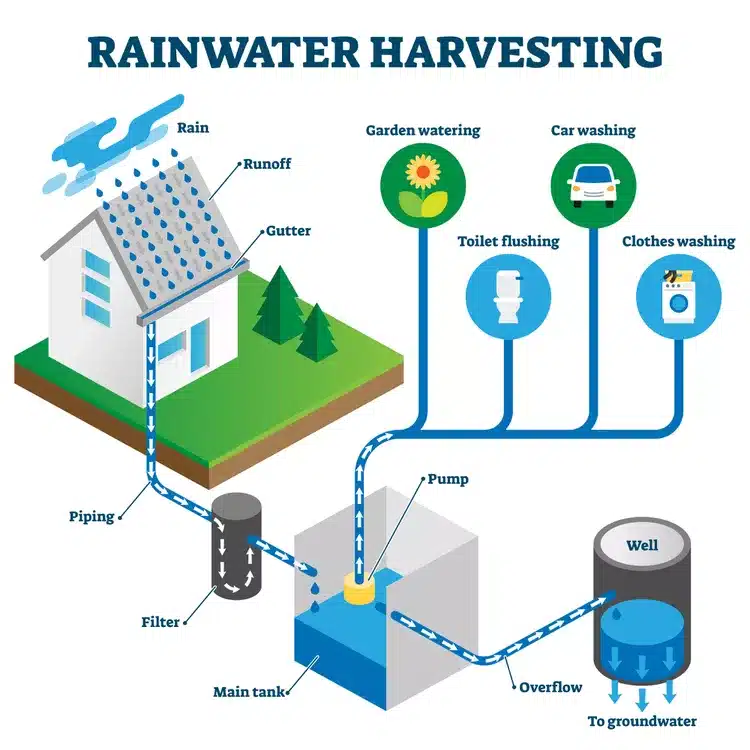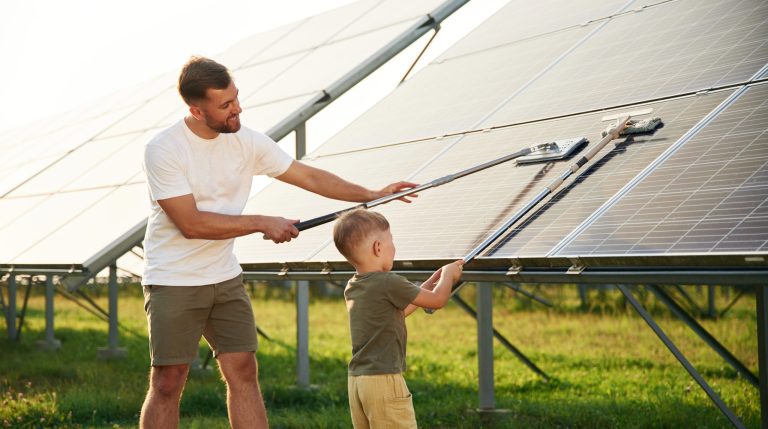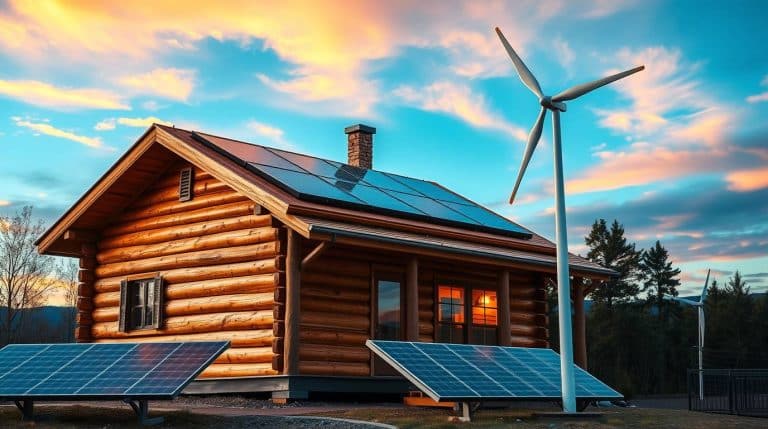Rain Water Harvesting: Ultimate Off-Grid Water Solutions

When you are living off-grid, self-sufficiency is an absolute must, and rain water harvesting offers a powerful and practical way to take control of your water supply. Picture turning every drop of rain that falls onto your property into a valuable resource—saving money, conserving water, and reducing your reliance on traditional systems.

The Earth is getting hotter, and with water scarcity on the rise and utility bills climbing, harvesting rainwater isn’t just a smart move—it’s a step toward a more sustainable future. Whether you’re watering your garden, flushing toilets, or preparing for emergencies, this simple practice can make a big impact.
In this guide, we’ll walk you through the essentials of rain water harvesting, explore its incredible benefits, and show you how to set up a system that works for you and your family’s needs. Get ready to transform the way you think about rain!
The Purpose of Rain Water Harvesting
Rain water harvesting is a cornerstone of off-grid living, providing an independent and sustainable water source. For those seeking a self-reliant lifestyle, capturing and using rainwater eliminates dependence on municipal water supplies and reduces the need for expensive deliveries. Whether you’re living in a remote area or transitioning to off-grid systems, rain water harvesting is a practical and eco-friendly solution that promotes long-term resilience and self-sufficiency.
Environmental Stewardship Through Rainwater Harvesting
Rain water harvesting is essential for sustainable off-grid water management. Collecting rainwater addresses environmental challenges like stormwater runoff, which can lead to erosion and flooding around your property. Reducing runoff not only protects your land but also decreases the need for extensive drainage systems often required in traditional residential settings.
Off-grid living benefits from the reduced energy footprint of rainwater harvesting. Unlike treated water, which relies on energy-intensive systems, harvested rainwater requires minimal processing. This helps preserve limited off-grid energy resources while contributing to environmental sustainability. Integrating rainwater collection into your off-grid system creates a closed-loop solution that aligns with eco-conscious living.
Supporting Water Conservation Efforts

Rain water harvesting embodies water conservation at its core, making it a perfect fit for off-grid lifestyles. Off-grid systems rely heavily on efficient resource use, and collecting rainwater reduces the need to draw from limited natural water sources like wells or nearby streams. Harvesting rainwater ensures you maximize a free and renewable resource while minimizing environmental impact.
This approach is particularly vital for off-grid properties in arid regions or drought-prone areas. Using collected rainwater alleviates the stress on natural water sources and maintains a steady supply of essential needs. Rainwater conservation strengthens your ability to thrive independently for irrigation, cleaning, or other non-potable uses.
Practical Applications of Harvested Rainwater
Harvested rain water is incredibly versatile and can support a variety of off-grid applications:
Garden and Crop Irrigation: Off-grid homesteads often depend on rainwater to irrigate gardens and crops, reducing reliance on wells or other limited sources.
Washing and Cleaning: Use harvested rainwater to clean outdoor surfaces, vehicles, or even general household cleaning needs.
Household Systems: Rainwater can be used for flushing composting toilets or even for laundry with appropriate filtration.
Livestock and Agriculture: For those living off-grid with animals, rainwater is an excellent resource for watering livestock and supporting small-scale agricultural operations.
On larger off-grid properties, rain water harvesting systems can be expanded for additional uses like emergency fire suppression or creating reserves for dry seasons. By incorporating rainwater storage tanks, submersible pumps, and filtration systems, you can design a robust system tailored to your unique off-grid needs.
Focusing on rain water harvesting as part of your off-grid strategy ensures that you remain resilient, sustainable, and prepared for whatever challenges come your way.
Why Rainwater Harvesting Matters
Rain water harvesting is more than just a way to collect water—it’s a cornerstone of sustainable living and resource conservation. Indoor water fixtures like toilets are already optimized for efficiency. According to Watercache, alternative methods of water conservation are becoming increasingly essential. Harvesting rainwater also saves money by giving you control over your water supply.
For those living off-grid, this independence provides cost relief during water restrictions or droughts, making it a practical and reliable solution. Rainwater, unlike chlorinated tap water, is better for plants and soil. The salts in municipal water can harm soil health and irrigation quality, whereas rainwater provides a natural, plant-friendly alternative.
This is why countries like Australia and Germany have long embraced rainwater harvesting as part of sustainable practices. Rainwater harvesting also addresses stormwater management by reducing urban flooding and runoff. By collecting rainwater, you prevent harmful pollutants from washing off your property into drains and local watersheds.
This dual benefit of water collection and pollution prevention highlights the importance of incorporating rainwater collection systems into modern living.
Planning Your Rainwater Harvesting Systems
Before installing a rainwater collection system at your home, consider a few important questions.
- What do you intend to use the collected rainwater for?
- How frequently does it rain in your area?
- Do you have limited space, or is your property on a slope?
Taking these factors into account will help you determine the most suitable system for your needs. Let’s delve into these questions a bit further.
How Much Rain Can You Collect?
Understanding how much rainwater you can collect is the first step in setting up an effective rain water harvesting system. Start by determining your area’s typical annual rainfall—resources like the Federal Energy Management Program (FEMP) offer calculators specifically for U.S. users. These tools evaluate factors like your roof surface (catchment area), local precipitation levels, and system efficiency.
The formula provided by FEMP can help estimate your potential collection:
Monthly Rainfall Collected (gal) = Catchment Area (roof size)(square feet) × Monthly Rainfall (inches) × Conversion Factor × Collection Factor
To estimate the amount of rainwater you can collect, the Federal Energy Management Program (FEMP) offers a Rainwater Harvesting Calculator.
Additionally, FEMP provides a Rainwater Harvesting Tool, an online GIS-based mapping resource that offers data on rainwater harvesting potential across the United States. This tool assists in identifying optimal locations for rainwater harvesting projects by providing information on state regulations and potential collection volumes.
For those living off-grid, calculating rainwater collection is essential for ensuring a consistent and reliable water supply. Many companies, such as RainHarvest Systems, provide expertise and installation services tailored to rainwater collection systems, helping off-grid homeowners maximize their harvested rainwater. This support is available across the U.S. and internationally, making it easier to design and implement a rainwater harvesting system that suits your needs.
Whether you’re harvesting rainwater to fill storage tanks, support irrigation systems, or supplement your water supply, understanding your collection potential helps you make the most of this free resource.
Choosing the Right System
Your rainwater harvesting system can be as simple or as complex as you need. It depends on your intended water usage.
Will you supplement landscape watering or use it as the primary source for whole-house water usage? There are three main types of rainwater harvesting methods.
From rain barrels to more advanced “wet” or “dry” systems (totes work for this, too), choosing the right storage size will vary (calculator available online). Consider your needs and available space when making your selection.
| System Type | Description | Pros | Cons |
|---|---|---|---|
| Rain Barrel | Simple setup using a barrel at a downspout. | Easy to install, readily available, space-saving. | Limited capacity, overflows easily. |
| Dry System | Larger tank setup where the collection pipe dries after each rain event. | Larger storage, ideal for infrequent rainfall. | Tank must be close to the house. |
| Wet System | Underground piping connects multiple downspouts to a tank. | Collects from the entire roof surface. | More expensive due to piping. |
Essential Components of a Rain Water Harvesting System
Planning your rain water harvesting system carefully is crucial to ensure its efficiency and longevity. A well-designed system protects water quality, prevents mosquito breeding, and supports sustainable water collection. These components are adaptable for various building types and scales.
Roof Surface: Most roofing materials, such as slate, aluminum, galvanized iron, and corrugated steel, are suitable for rainwater collection. Ensure the roof surface is clean and free from contaminants to maintain the quality of harvested rainwater.
Gutters: Gutters channel rainwater from the roof surface to the storage system. Ensure the elevation of your storage tank is lower than the downspouts for efficient flow. Adding gutter extensions can improve water collection.
Gutter Guards: Install gutter guards to prevent debris, leaves, and large particles from entering your collection system. Products from reputable companies like RainHarvest Systems and BlueBarrel Rainwater are excellent options, ensuring cleaner collected rainwater and reduced maintenance.
Downspout Filter: A downspout filter provides an additional layer of filtration, capturing smaller debris that gutter guards may miss. High-quality options are available from vendors like AquaBarrel and Banjo Corporation, offering reliability and longevity.
First-Flush Diverter: The initial rainfall often contains dirt, bird droppings, and other contaminants. A first-flush diverter ensures this polluted runoff is discarded before entering your storage tank, preserving water quality for later use.
Tank Screen: Place a tank screen over all tank inlets to block insects and large debris from entering your rainwater storage. This is a critical component for maintaining clean water in your rainwater storage tank or barrels.
Storage Tank: Select a storage tank that meets your needs, whether it’s a 55-gallon rain barrel, blue barrel, fiberglass water tank, or large steel tank. Vendors like Bushman Tanks and Norwesco offer durable options with a range of capacities. Be sure to consider local ordinances regarding maximum tank size and usage regulations.
Overflow Valve: Install an overflow valve to prevent tank overflows from damaging surrounding areas. Insect-proof valves or self-made screens can be used to keep mosquitoes and debris out of your system.
Pump System: A pump system is essential for pressurizing water flow, particularly for whole-house or irrigation systems. Options range from above-ground pumps to submersible models. Companies like RainFlo and Grundfos offer reliable pump systems tailored for rainwater harvesting needs.
Water Level Indicator: Use a water level indicator to monitor your storage tank’s capacity. Manual gauges, electric systems, or digital alerts are available to track water levels and ensure efficient usage. These tools are particularly helpful for managing larger-scale rainwater collection systems.
Incorporating these components ensures your rain water harvesting system operates efficiently, providing a sustainable water source for off-grid living or reducing reliance on municipal water. With quality products and proper planning, you can maximize the benefits of harvesting rainwater for both residential and off-grid applications.
FAQs About Rain Water Harvesting
Conclusion
Rainwater harvesting is excellent for homeowners and businesses in water-restricted areas. It’s also beneficial for those seeking more control over their water supply, whether to lower their water bill or purify their drinking water. This comprehensive guide provided a deep dive into rainwater harvesting.
We’ve explored topics from simple systems to more complex setups designed for large-scale rainwater catchment. Consider your end-goals. Will you use harvested rainwater for landscaping, or do you envision a whole-house solution? Keep in mind the drawbacks like equipment maintenance and rainwater purity during heavy rains.
Research equipment reliability (research reliability statistics per vendor before committing.) and account for your home’s water table elevation if burying tanks. Assess space requirements for above-ground options. With planning, use rainwater to offset costs from municipal water with this free, renewable resource.






